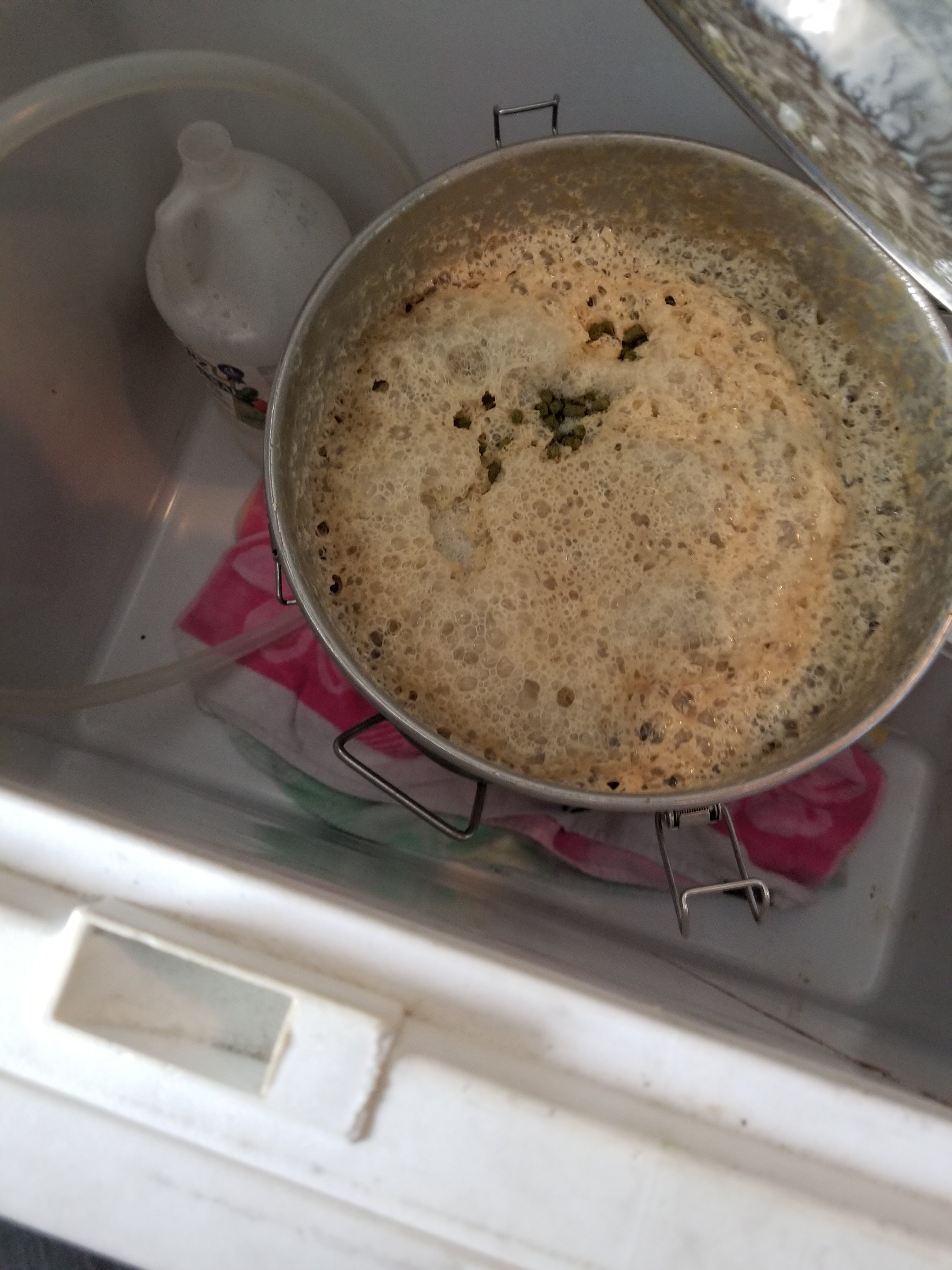As a side note on the "fermenter blanket", I think this is of some interest:
https://www.ikegger.com/blogs/ikeggerworld/how-much-co2-is-produced-during-fermentation
If what is written here is exact, the usual 20 litres of wort produce between 400 and 600 litres of CO2. These CO2 comes from below and pushes away from the fermenter the 7 or 10 litres of air which are sitting on top of the wort.
Now, will this happen as if it is a liquid tide which pushes away the pre-existing air? Probably not. And I don't care either!
If 500 litres come from below and mix with the 10 litres existing, and no external air enters through the bubbler, I presume that the inside of the fermenter is basically free of oxygen. I don't care whether this should be termed a blanket or just a neck full of CO2, but it allows us to understand that bubblers are good and not putting the bubbler is probably not.
If you don't put the bubbler and put the cap on, the hole is so small that probably nothing will change, partially maybe because of the "blanket" effect. Some people say that they don't put the bubbler and they have no problem. I don't even think about doing it because I have flies in my house and because it's not so hard to put a bubbler, this is not a corner that I want to cut.
My interest in the blanket effect is nihil because I do use a bubbler and I am confident the fermenter will be full of CO2 on the neck.
https://www.ikegger.com/blogs/ikeggerworld/how-much-co2-is-produced-during-fermentation
If what is written here is exact, the usual 20 litres of wort produce between 400 and 600 litres of CO2. These CO2 comes from below and pushes away from the fermenter the 7 or 10 litres of air which are sitting on top of the wort.
Now, will this happen as if it is a liquid tide which pushes away the pre-existing air? Probably not. And I don't care either!
If 500 litres come from below and mix with the 10 litres existing, and no external air enters through the bubbler, I presume that the inside of the fermenter is basically free of oxygen. I don't care whether this should be termed a blanket or just a neck full of CO2, but it allows us to understand that bubblers are good and not putting the bubbler is probably not.
If you don't put the bubbler and put the cap on, the hole is so small that probably nothing will change, partially maybe because of the "blanket" effect. Some people say that they don't put the bubbler and they have no problem. I don't even think about doing it because I have flies in my house and because it's not so hard to put a bubbler, this is not a corner that I want to cut.
My interest in the blanket effect is nihil because I do use a bubbler and I am confident the fermenter will be full of CO2 on the neck.
Last edited:





















































![Craft A Brew - Safale BE-256 Yeast - Fermentis - Belgian Ale Dry Yeast - For Belgian & Strong Ales - Ingredients for Home Brewing - Beer Making Supplies - [3 Pack]](https://m.media-amazon.com/images/I/51bcKEwQmWL._SL500_.jpg)







